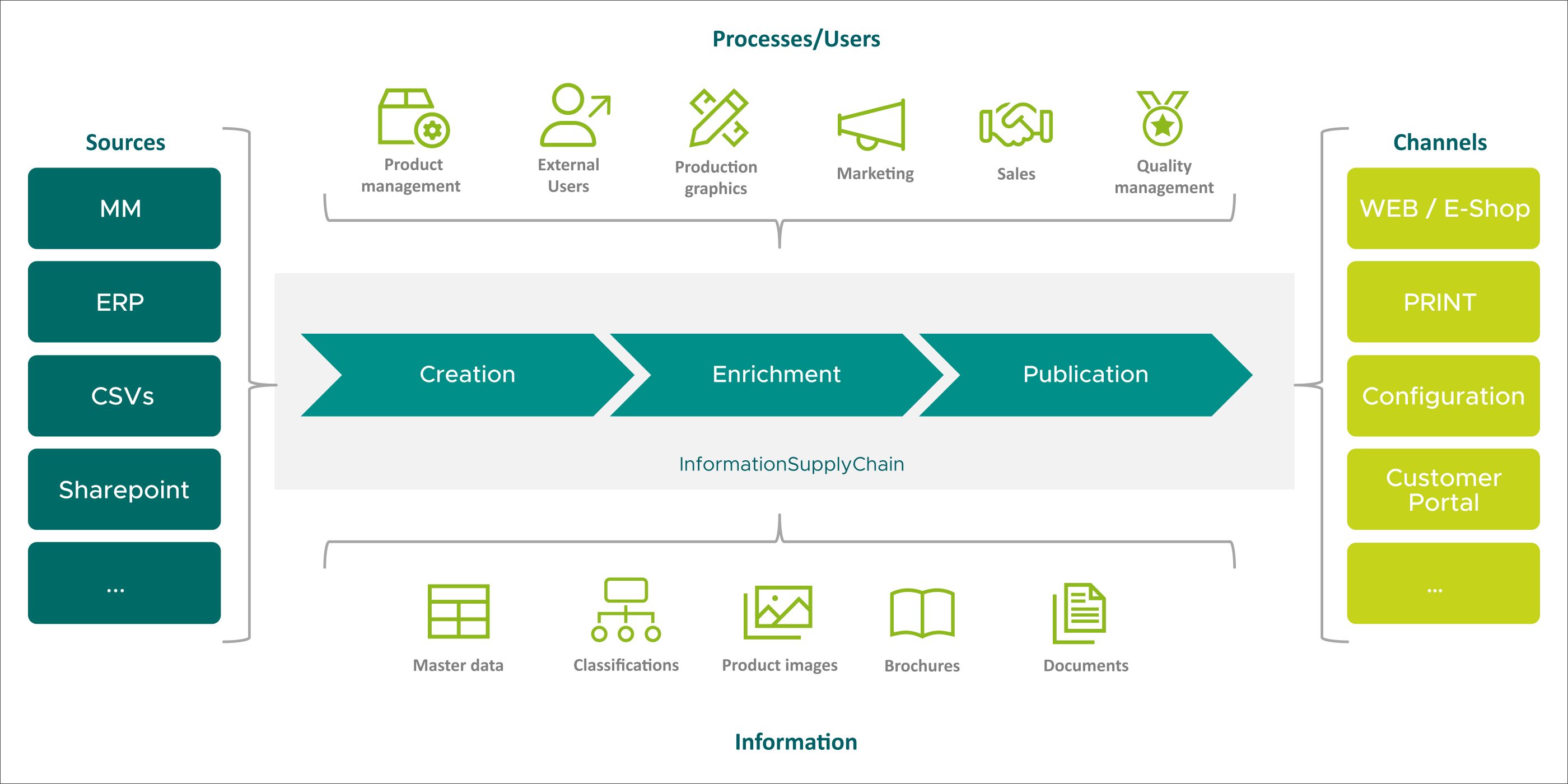Compact Analysis PIM: A Simple Way to Better Product Data
Many medium-sized companies still manage their product data using Excel spreadsheets. However, Excel is not designed for the complex requirements of product data management—it lacks structure, scalability, and efficiency. The result: data chaos, coordination problems, and missed market opportunities.
Although it is well known that a PIM system can remedy this situation, the path to getting there is often daunting:
❌ Unclear – where to start?
❌ High effort required for data structure and organization
❌ Fear of high costs and complex processes
Our Solution: The Compact Analysis PIM
Our Compact Analysis PIM offers a structured, fast, and cost-effective consulting approach specifically for small and medium-sized businesses. The aim is to understand the individual starting situation, identify weaknesses and opportunities, and provide specific recommendations for action on the path to the right PIM system.
How the Analysis Works
During a workshop, we work with the customer to examine the Product Information Supply Chain (PISC)—the path of product information from its creation to its enrichment for advertising purposes to its distribution across various channels. In doing so, we identify weaknesses and highlight potential for automation and optimization with the help of PIM systems.
We analyze the following “players” involved in the content supply chain:
- Sources: Which systems provide product data?
- Processes: How is the data enriched and maintained?
- Product data: What data structures are available and how complex is the data?
- Channels: Where and how is the data distributed?

What do we analyze?
- Requirements: What are the specific requirements for product information, attributes, data sheets, etc.?
- Processes: Who works with product data, how, and how efficiently?
- Systems: Which tools are used, and which interfaces are necessary?
- Markets & channels: Which languages, target groups, and platforms need to be served?
How do you benefit?
A functioning information supply chain ensures that:
✔ Product data enters the market quickly and correctly.
✔ Errors and redundancies are avoided.
✔ Your time-to-market is reduced.
✔ Customer expectations are met—through consistent information across all channels.
The Result of the Compact Analysis PIM
After our Compact Analysis PIM, you'll have a clear basis for your next steps. We provide you with a well-founded evaluation of your current processes and show you where there is untapped potential. In addition, you will receive a concrete solution including a detailed approach and a project outline that will give you orientation and planning security.
To help you keep an eye on the economic dimension, we supplement the results with a rough budget estimation. Optionally, we also carry out a PIM system evaluation and give you 2–3 suitable recommendations that best fit your requirements and your PIM strategy.
The Process – Compact and Clearly Structured
1. Preparation: Initial meeting, assessment of the situation, definition of objectives, and commissioning
2. Analysis phase: Technical questionnaires, data provision, and joint workshop on PISC assessment
3. Solution design: Identification of savings, revenue, and growth potential
4. Presentation of results: Recommendations for action, project outline, budget framework, and system proposals
Ready for the Next Step?
With the Compact Analysis PIM, you can take the first, decisive step toward structured product data—easily, quickly, and tailored to your individual situation.
